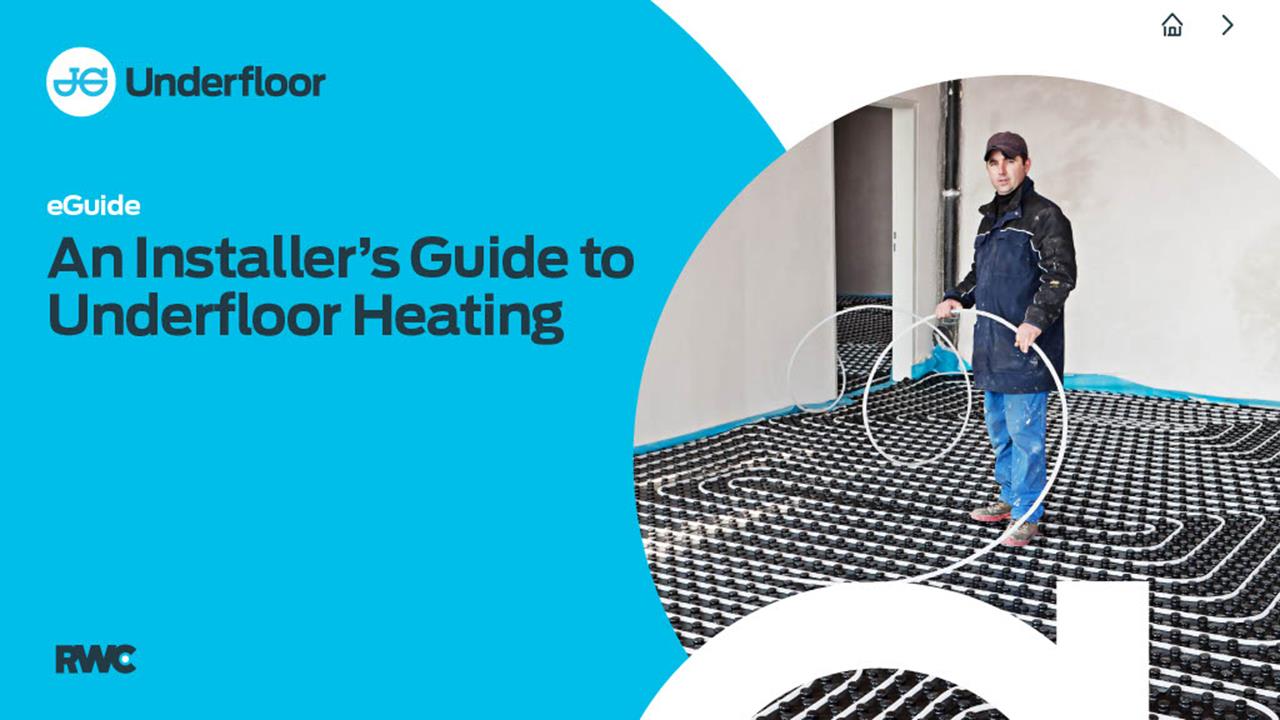

More and more homes across the country are benefitting from underfloor heating (UFH), accelerating the UK’s progression to a more sustainable future through the decarbonisation of homes. While for individual properties and their occupants these systems can improve comfort and sustainability, the growth in their uptake also presents opportunities for installers.
As one of the fastest growing sectors of the home heating industry, installers are increasingly taking on more UFH installations – whether that’s on newbuild properties or existing homes as part of a renovation project. This enables installers to take an active role in preparing homes for a sustainable future, but it can present its challenges – particularly for installers who are new to UFH.
As a versatile home heating solution that can be connected to all typical heat sources thanks to its low operating temperatures, UFH can span an entire home or even just be used in a single room. Systems can also be installed with all sorts of floor types, including solid concrete floors and timber floors. While this flexibility makes UFH a viable option for almost every home, it can be challenging for installers to get every installation right.
To make this possible, there are some key considerations that should be made on every project. From the floor construction that’s being worked with and the type of heat source in the property, through to configuration of the system and its maintenance, taking the time to understand the property can pave the way to success for installers.
From this starting point, installers can select the most appropriate underfloor heating system for the property in question and ensure it is fitted in a way which ensures long-term effectiveness.
An installer’s guide to UFH
At RWC, we’re always proactively supporting installers, helping them to get the most out of the systems and solutions they use, and deliver consistently high levels of quality and performance on the job. With that in mind, we have created an UFH eGuide to support installers to get to grips with underfloor heating.
Starting with a background to UFH, the guide explains its vital place in modern homes, underpinning sustainability and comfort for decades to come. From there, all of the key considerations to installation success are explored, covering every stage from planning and installation, through to maintenance. The guide also provides an overview of the most suitable UFH products for specific applications, alongside a system selector and costings, giving installers the tools they need to get every job right.
With all of this information to hand, installers can confidently take on UFH projects and play their part in transitioning homes to a more sustainable future.
To get your copy of our new UFH eGuide, visit: johnguest.com/ufh-e-guide
If you'd like to keep up-to-date with the latest developments in the heating and plumbing industry, why not subscribe to our weekly newsletters? Just click the button below and you can ensure all the latest industry news and new product information lands in your inbox every week.